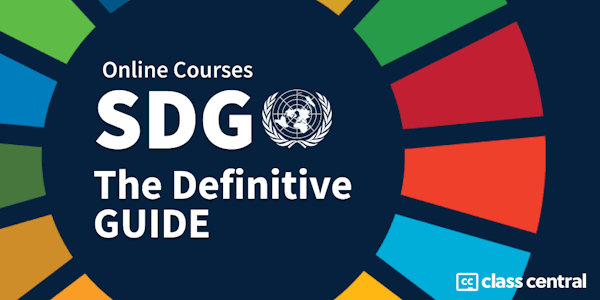Billons of workers around the world have no regular income or do not even earn a wage sufficient to live a decent life. Over the last decade, wages for many workers have been stagnant and the largest part of the economic gains achieved has gone to the top of the income pyramid. Wage discrimination based on gender, ethnicity or employment status contributes towards greater inequality and violates the basic principle of equal pay for work of equal value. The market has been unable to ensure a fair distribution of wages and guarantee the wellbeing of ordinary people and social peace in our societies.
Where poverty and inequality have been reduced, this has mainly been thanks to the creation of regular waged jobs and a more equitable wage structure. Sustainable wage policies and fair wage setting mechanisms can contribute towards a more equal and prosperous society for all. This course offers a mix of video lectures and interviews, readings, online resources and exercises to gain both knowledge and practical skills to understand the actual landscape of wage setting.

